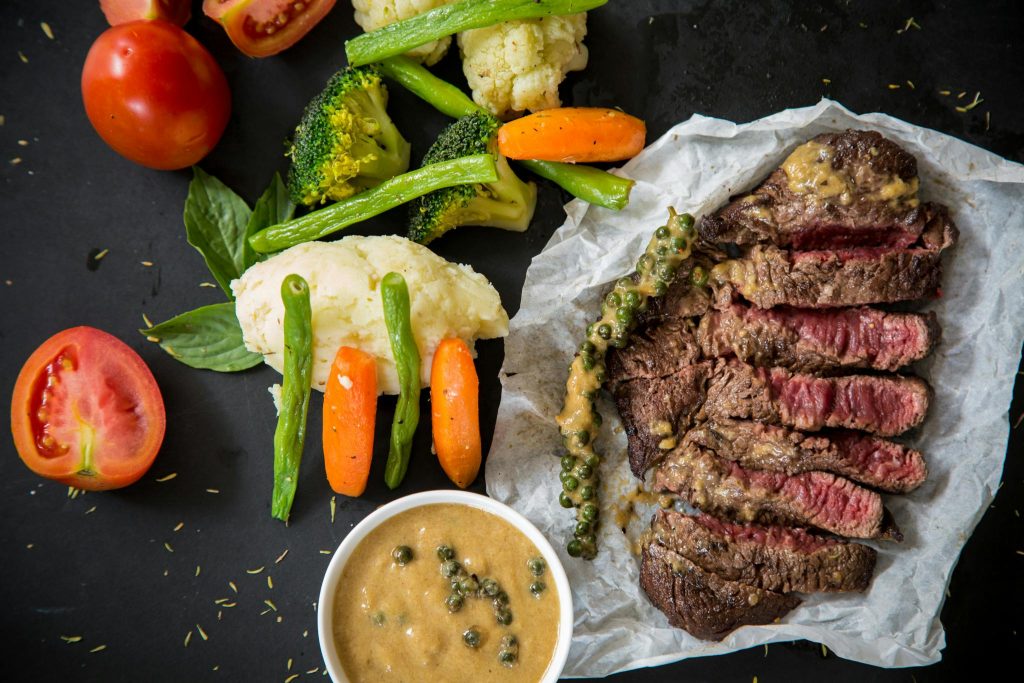Living with diabetes presents a unique set of challenges, one of which is managing hunger pangs. It’s not uncommon for individuals with diabetes to experience frequent feelings of hunger, even after eating. This can be frustrating and challenging to navigate, but there are strategies that can help keep hunger at bay while still maintaining stable blood sugar levels.

Why do diabetics always feel hungry?
Low blood sugar can cause feelings of hunger. When blood sugar levels drop too low, brain cells can lack energy, leading to intense hunger pangs. Symptoms such as dizziness, shaking, sweating, and palpitations may also occur. In severe cases, low blood sugar can even lead to cerebral edema and coma.
On the other hand, hunger caused by high blood sugar is due to relative insulin deficiency. Despite high blood sugar levels, cells do not receive energy promptly. This shortage of energy prompts the brain to send signals demanding sugar, creating a sensation of “hunger.”
Another scenario is when individuals develop a habit of fast eating, often consuming predominantly simple carbohydrates. As a result, food is digested quickly, leading to a frequent sensation of hunger.
Adjust Eating Speed and Sequence
During meals, it’s not advisable to eat too quickly. Pay attention to the types of foods consumed and prioritize those rich in dietary fiber. Start with fiber-rich foods, then move on to protein-rich foods like meat and tofu, and finally, consume carbohydrates like rice.
Regardless of one’s physical condition, overeating is never advisable. Slow down the eating pace, chew food thoroughly, which helps extend the digestion time, enhances satiety, and aids in stable blood sugar control.
Pair Carbohydrates with Proteins
In daily life, pay attention to the rational pairing of ingredients. For example, pair carbohydrates with protein-rich foods containing vitamins. Protein-rich foods include meat, shrimp, fish, and tofu, while fruits and vegetables are rich in vitamins and dietary fiber. This balanced pairing can prolong gastric emptying time, slow down glucose absorption, and aid in stable blood sugar control.

Consume Smaller Portions
Consuming smaller portions can prevent overeating or eating too quickly. Use smaller bowls or plates to serve food or use divided plates. Control the intake of each food category, relax, and eat naturally to avoid burdening oneself with heavy meals.
Eat Small Meals Frequently
If hunger strikes quickly, consider eating smaller, more frequent meals throughout the day. Eating slightly less than usual for each meal can help reduce appetite. For instance, having a meal split into two smaller ones, such as between 10 am and 3-4 pm, is a good strategy. It’s not necessary to wait until extreme hunger strikes to eat. For individuals experiencing frequent hunger pangs, eating smaller, more frequent meals can be beneficial.
Additionally, drinking water before meals can help alleviate hunger by priming the digestive system. Adjusting the dietary structure, eating speed, and eating habits gradually can improve abnormal hunger patterns. However, persistent abnormal hunger indicates unstable blood sugar control, which requires attention. Monitoring blood sugar levels closely and striving for stable control can gradually alleviate these symptoms.
Conclusion
Managing hunger pangs for diabetics requires a multi-faceted approach, including adjusting eating habits, choosing balanced meals, and monitoring blood sugar levels closely. By implementing these strategies, individuals with diabetes can better control their appetite and maintain stable blood sugar levels, ultimately leading to improved overall health and well-being.

